From November 13, 2025 until March 30, 2026, the Palace of Holyroodhouse in Edinburgh is hosting a selection of paintings from Buckingham Palace that are on temporary display as part of the exhibition Italian, Dutch & Flemish Paintings: Highlights from Buckingham Palace. The exhibition includes works from the 16th and 17th centuries, including portraits and genre scenes by great Italian, Dutch and Flemish masters, some of which have not been shown in Scotland for more than a decade. The exhibition coincides with a refurbishment of the Picture Gallery at Buckingham Palace, where the works are usually on view, giving the Scottish public an opportunity to get up close to masterpieces from the Royal Collection.
“These paintings are masterful examples of artistry from some of the most innovative periods in European art,” says Emma Stead, curator of the Palace of Holyroodhouse. “We are delighted that visitors to the Palace of Holyroodhouse will now be able to view these splendid works, which usually capture the imagination of visitors to Buckingham Palace. Our new permanent £1 ticket program for visitors on Universal Credit and other benefits means that more people than ever before can visit the Palace and enjoy this exciting exhibition.”

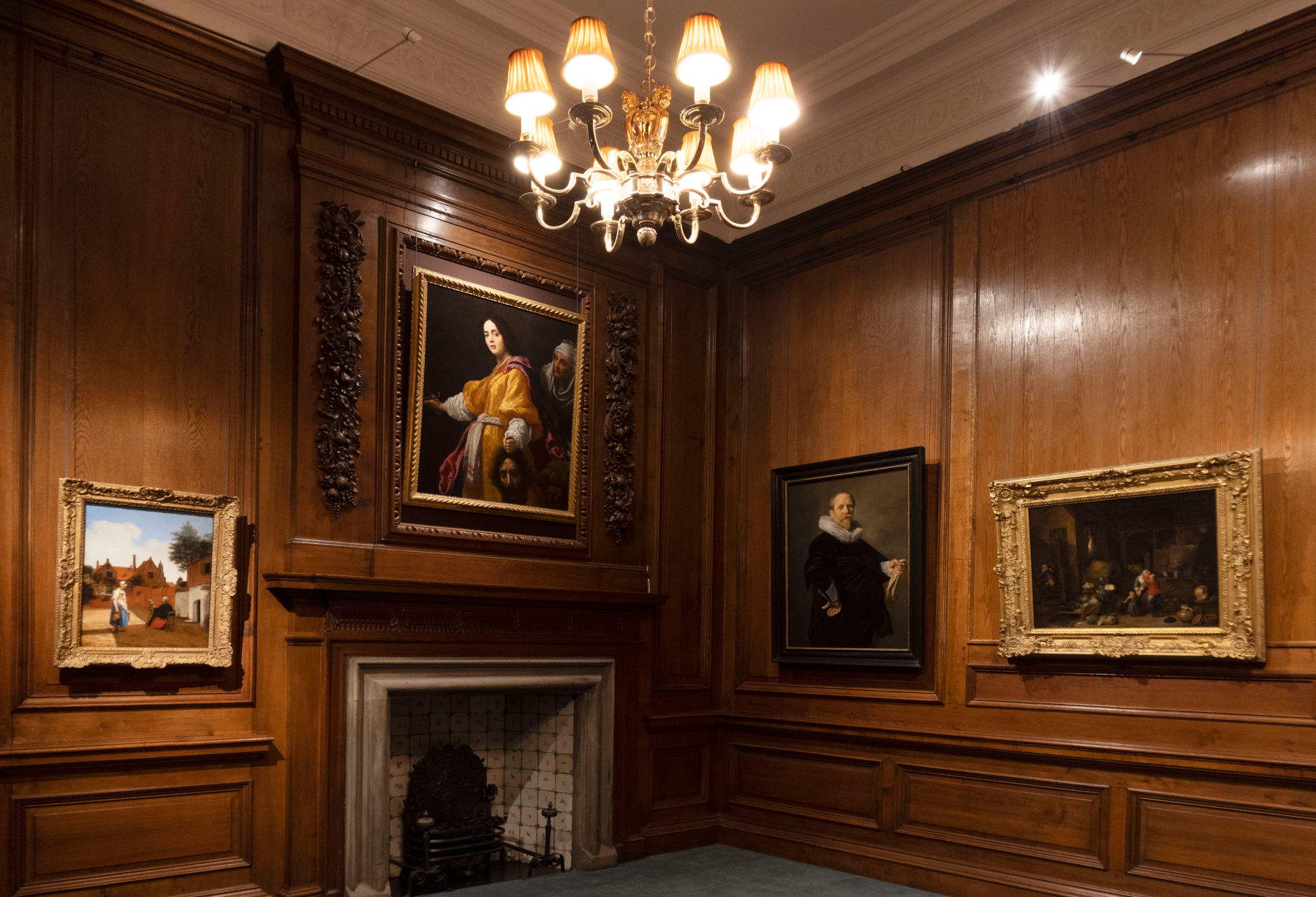
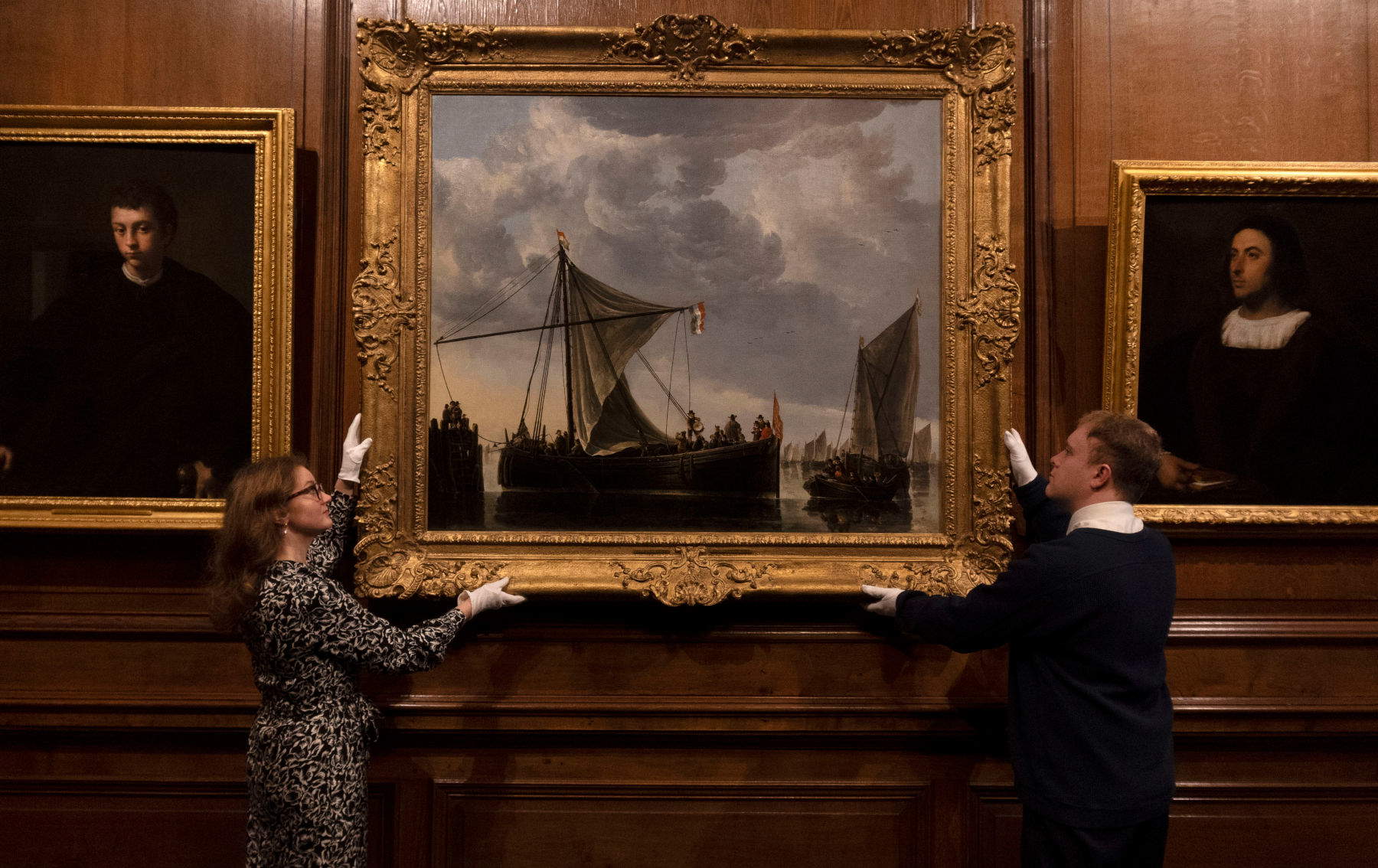
Among the featured works is Portrait of a Man by Frans Hals, a well-known Dutch painter known for his ability to capture expressions and variety of line. The portrait shows a subject of the growing 17th-century patrician class, depicted with confident brushstrokes and painterly textures that give a strong presence to the face. This work was last exhibited in Scotland 13 years ago. The exhibition covers a span of about 150 years and includes outstanding examples from each period. The earliest work is Titian ’s portrait of Jacopo Sannazaro, a famous court poet in the service of Ferdinand I of Naples, painted around 1514. The author succeeds in conveying the character and personality of the subject, portrayed absorbed in thought with a finger between the pages of a red leather book, highlighting his status as a cultured and thoughtful man.
Another important piece in the collection is Cristofano Allori’s Judith with the Head of Holofernes. Probably acquired by Charles II during the reconstitution of the royal collection after the Restoration, the painting represents one of the artist’s best-known biblical subjects, which became widely copied. The work reflects Allori’s ability to combine drama and technical precision, showing the beheading of Holofernes with a clarity and compositional balance that ensured his fame. The Italian works on display also include Parmigianino’s Portrait of a Young Nobleman, characterized by an unusual pose that emphasizes the subject’s face and outstretched hand. The contrast between the detailed rendering of the face and the blurred effect of the hands and background is typical of the painter and demonstrates the stylistic innovation of the time.
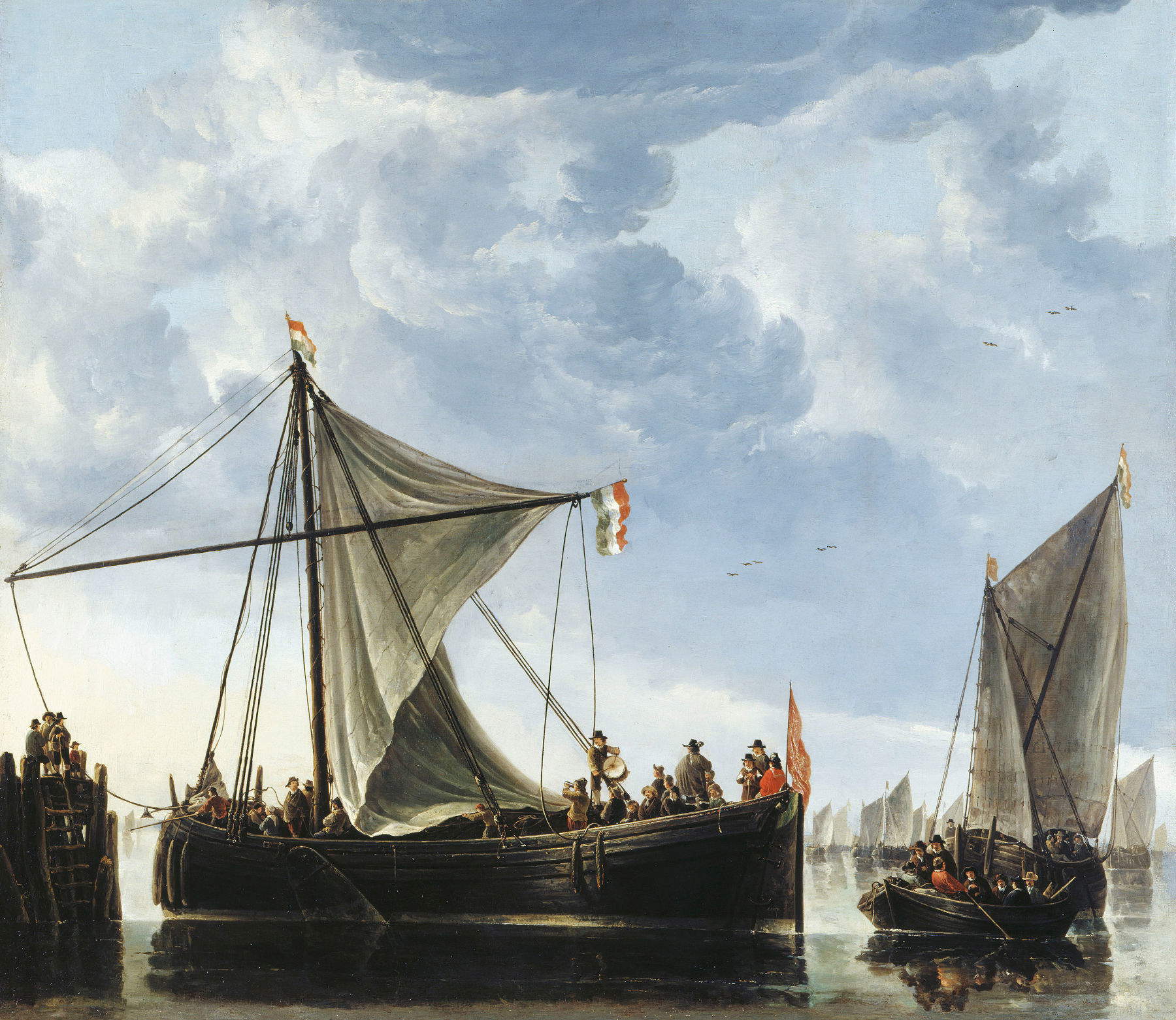
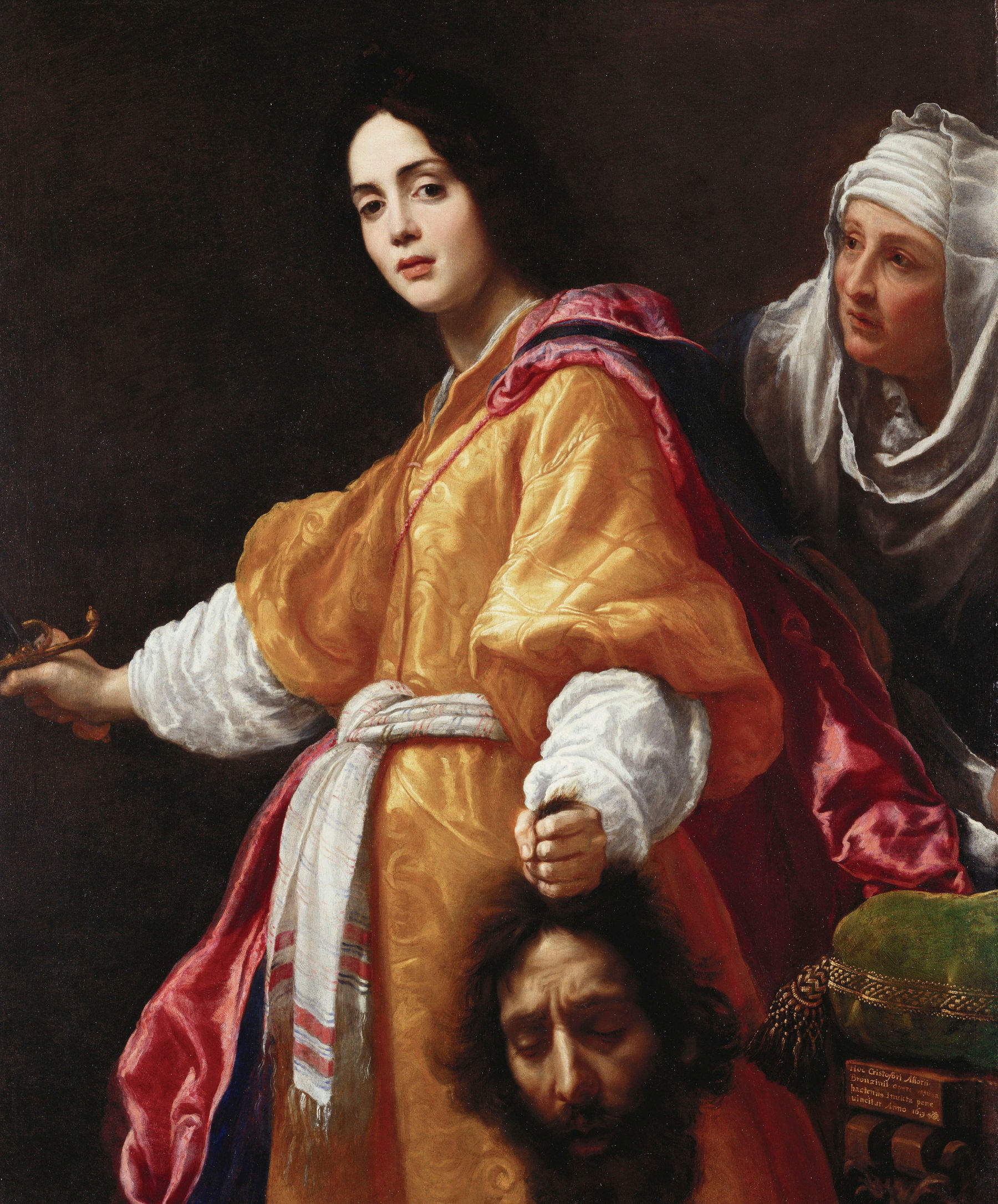
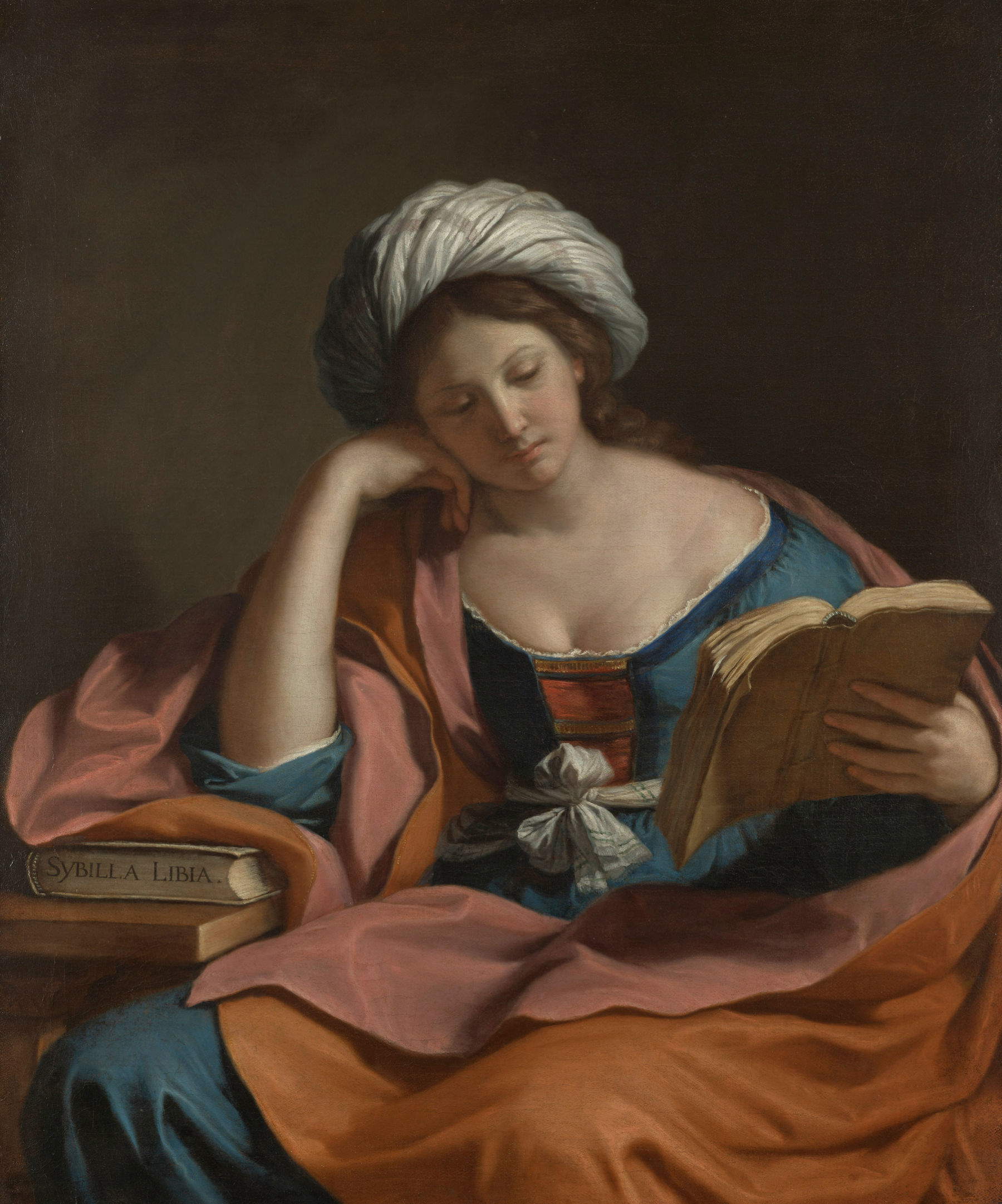

There is no shortage of examples from the Italian Baroque, such as Guercino’s The Libyan Sibyl. The Bolognese painter was sought after by international patrons, including Charles I, who tried unsuccessfully to persuade him to move to England. The painting shows the Sibyl amid contrasts of orange and pink against a blue background, enhancing grace and harmony in the composition. The exhibition also includes Dutch painting from the 17th century, an era known as the Golden Age of the Netherlands, characterized by the country’s growing economic and political influence. The Royal Collection has one of the most important collections of Dutch paintings from that period, formed primarily by George IV. Among the works on display are genre scenes and portraits by Aelbert Cuyp and Pieter de Hooch. The latter, with Courtyard in Delft in the Evening: a Woman Spinning, depicts an everyday scene with architectural precision and attention to detail, in a style close to that of Vermeer.
Cuyp contributes Passenger Boat, a large painting depicting a ferry between Dordrecht and Rotterdam, capturing the vibrancy of daily life in the Dutch Republic in the 17th century. Flemish painting is represented by David Teniers the Younger with Farm Interior with Figures (’The Stolen Kiss’), exhibited in Scotland only 18 years ago. The work shows a peasant surprising a young man in an undue attitude with his daughter, following the tradition of comic paintings of restless peasants with moral implications. The works are displayed in the Palace’s 17th-century wooden exhibition space, complementing other masterpieces in the State Apartments, including John Michael Wright’s portrait of Charles II. At the same time, the Drawing the Italian Renaissance section at the King’s Gallery allows visitors to view additional Italian works, including a study of pen dogs by Parmigianino, until March 8, 2026, offering the largest exhibition of Italian Renaissance drawings in Scotland in fifty years.
 |
| Masterpieces from Buckingham Palace on display at Edinburgh's Palace of Holyroodhouse |
Warning: the translation into English of the original Italian article was created using automatic tools. We undertake to review all articles, but we do not guarantee the total absence of inaccuracies in the translation due to the program. You can find the original by clicking on the ITA button. If you find any mistake,please contact us.